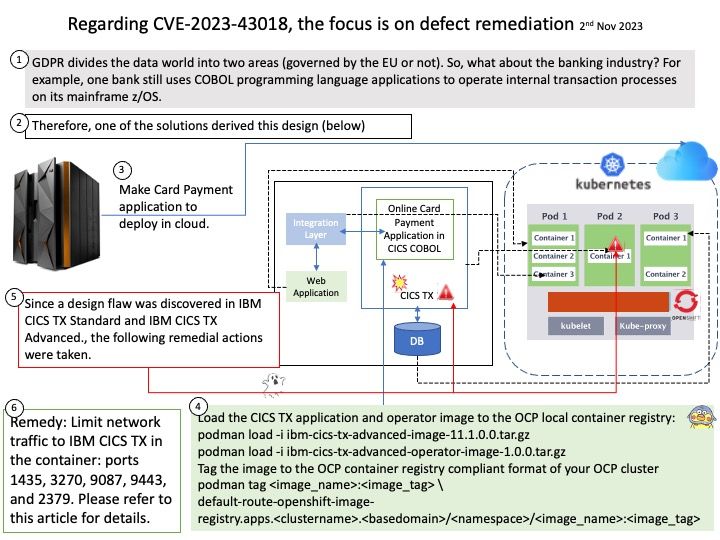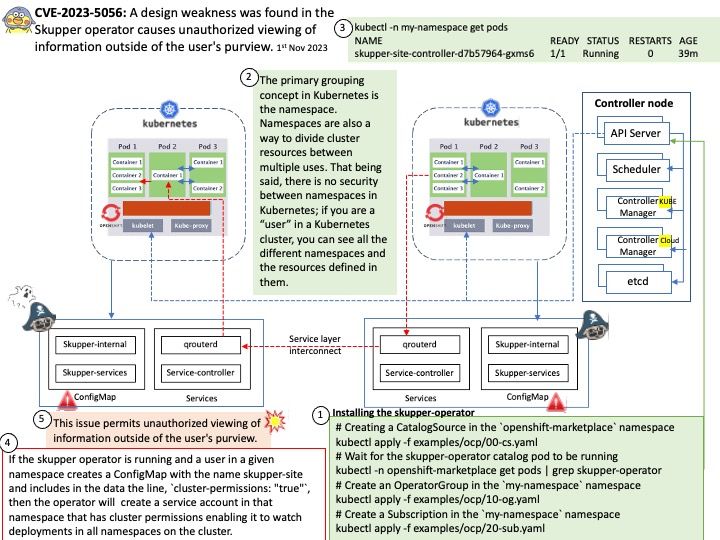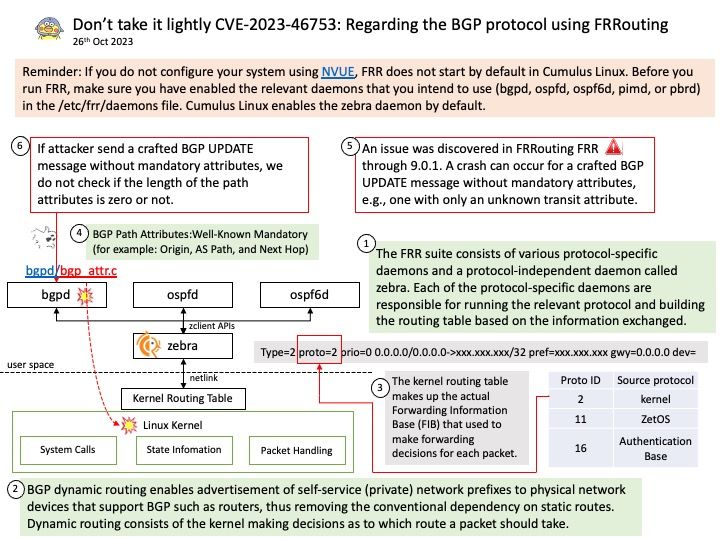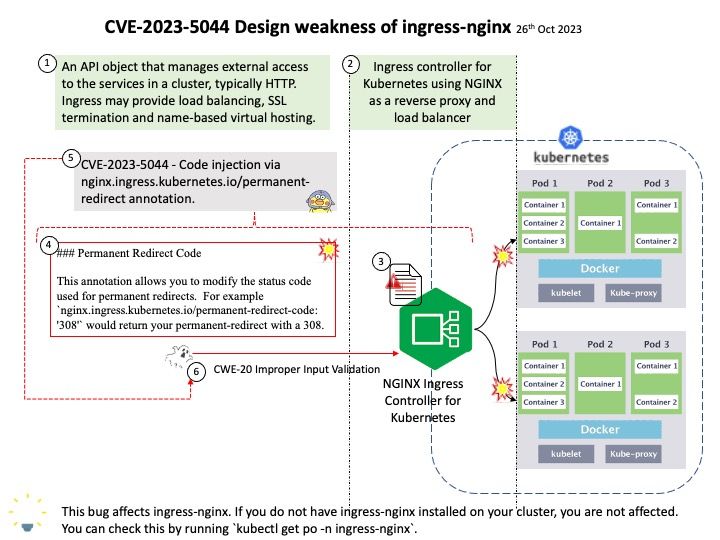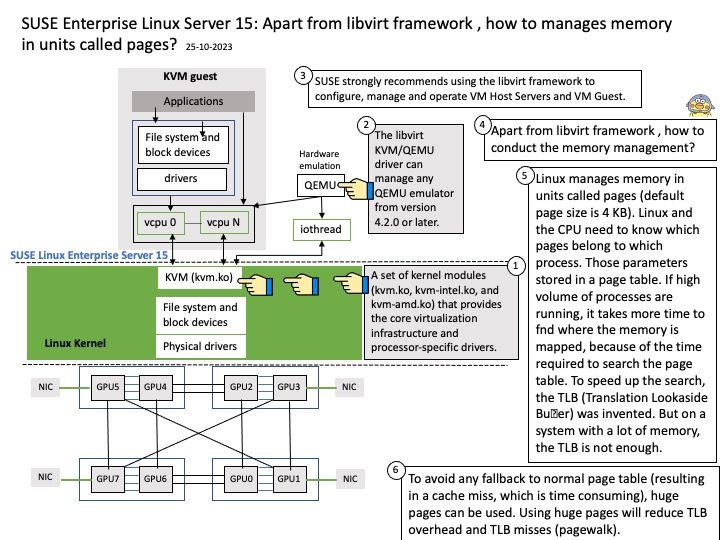
Preface: As of today AI tools has ChatGPT, BERT, LaMDA, GPT-3, DALL-E-2, MidJourney, and Stable Diffusion. ChatGPT was released as a freely available research preview, but due to its popularity, OpenAI now operates the service on a freemium model. It allows users on its free tier to access the GPT-3.5-based version.
Background: Legged robots, or walking machines, are designed for locomotion on rough terrain and require control of leg actuators to maintain balance, sensors to determine foot Starting from the 5G communication technology era, 5G aims to support a 100-fold increase in traffic capacity and network efficiency. So advance AI robot will rely on fast and wide coverage of Radio communication network. Meanwhile, advanced artificial intelligence robots with decision-making and thinking mechanisms will rely on remote location big data infrastructure. So, do you think this can provide space for how humans govern this AI technology.placement and planning algorithms to determine the direction and speed of movement. Since legged robots, or walking machines installation space is limit. So this type of design give people no so intelligence. By offloading complex computations to the cloud, robots can process vast amounts of data quickly and perform tasks that require extensive processing resources, far exceeding the capabilities of their onboard hardware.
Without 5G, there would be no real AI robots:
Coincidences are rare in science. But when we look back at the development history of 5G, we will find that this road is not smooth. On the other hand, if there is no 5G arrive in time, I believe so call artificial intelligence legged robot not easy to born. If robot cannot similar like human free to walk and without area of limitation. We cannot say our technologies is migrate to advanced digital world.
About Artificial Intelligence Endangering Human existence Value: About three years ago, when you attend seminar , the speaker will laugh when he heard AI endanger human existence value. Their comments at that time was don’t be worries too much. They are not as clever as human. The AI technology only replace the low level work job. As times goes by, the transformation of industrial process can tell. AI technology come to our age within short period of time. On first week of Nov, 2023. The CEO of Telsa, Elon Musk predicted that human work will become obsolete as artificial intelligence progresses, calling it “the most disruptive force in history.”
Seems we do not have choice this trend. But what we can do?
